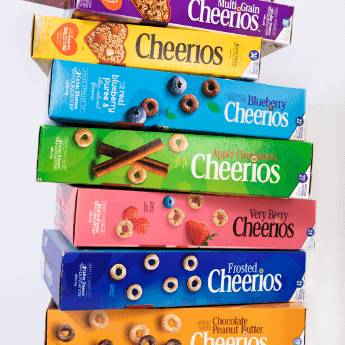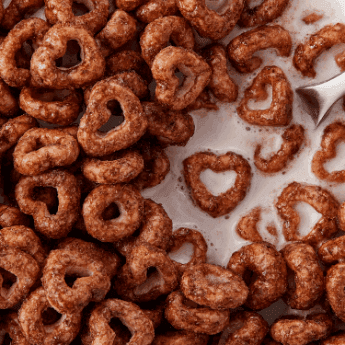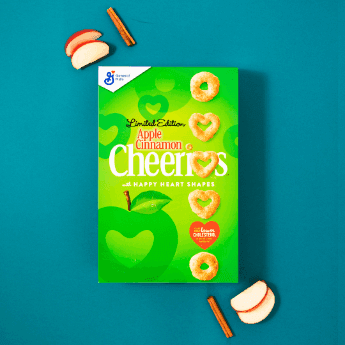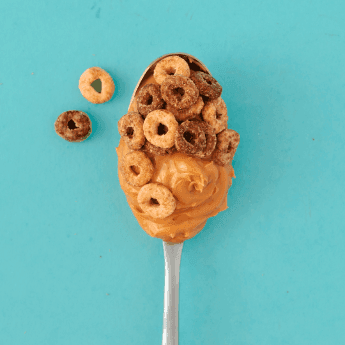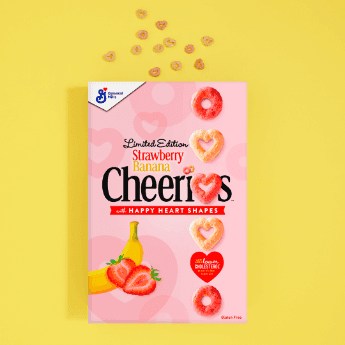
We Give Golden Sweet Honey A Home
"Busy as a bee” is more than a saying.

Our Passion for Honey Starts at the Source
Honey is more than just an ingredient – it’s the flavor at the heart of Honey Nut Cheerios. And that’s why we work hard to source every drop of our honey from beekeepers who love honey as much as we do.

Bees have to visit 2.6 million flowers to make a pound of honey

A beehive can produce 200 pounds of honey a year

A honeybee could fly round the world on just two tablespoons of honey

Our dedicated beekeepers have as many as 156 million bees to look after

Cheerios Wants to #BringBackTheBees
By 2021 our oat farms will host about 3,300 acres of nectar and pollen-rich wildflowers, which are full of the nutrients bees and other pollinators need to stay strong. Working with the Xerces Society, we have already made amazing headway by engaging dozens of oat farmers with active work to get more habitat planted on their farms. This work is literally changing the landscape for bees in some of the major oat growing regions of the north-central United States and central Canada.
People Need Bees. And Bees Need People.

1 in 3 bites of food we eat is made possible by bees and other pollinators

4 % of bee colonies in the US collapsed in 2016

More than two thirds of the world’s crop species rely on pollinators


